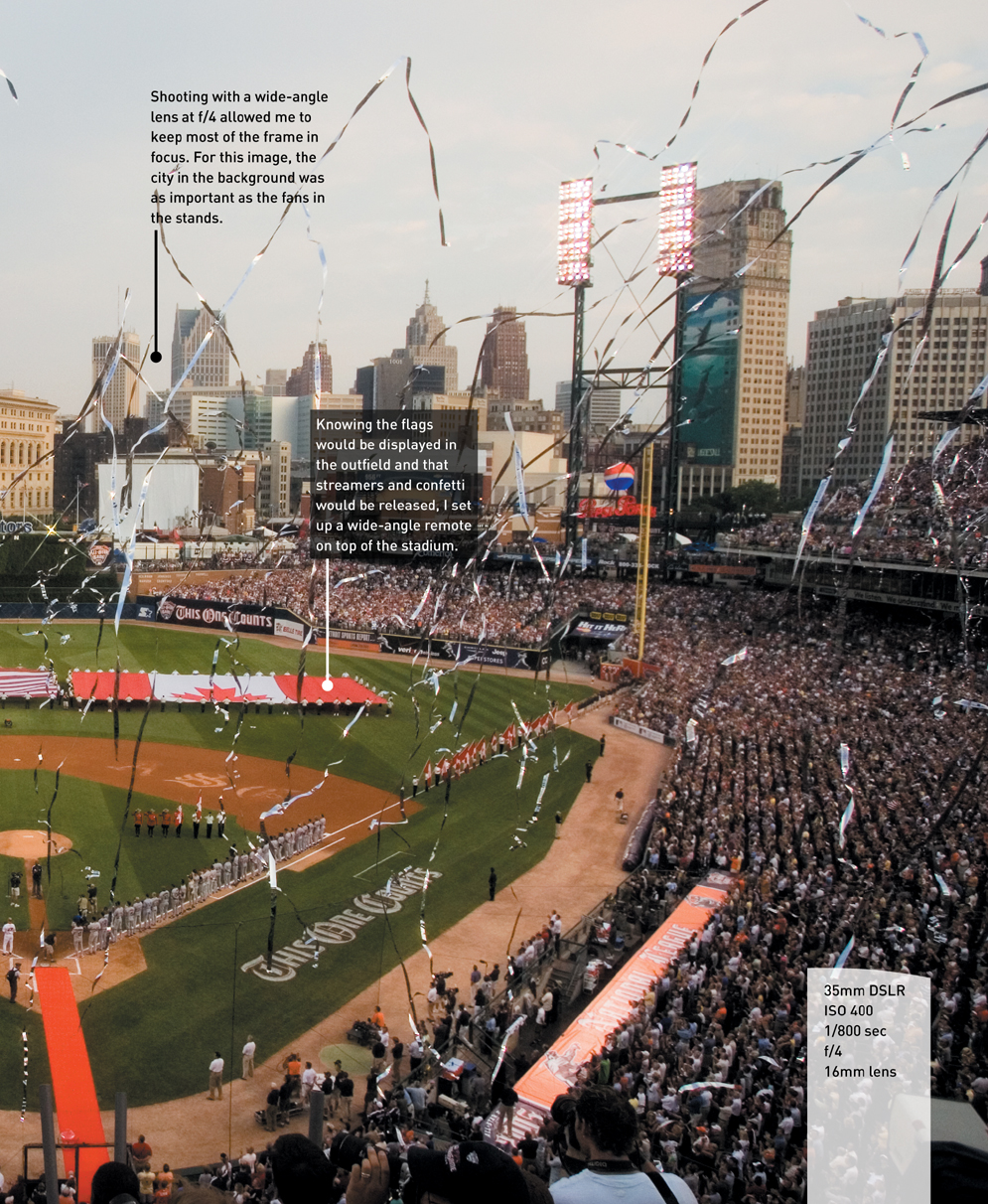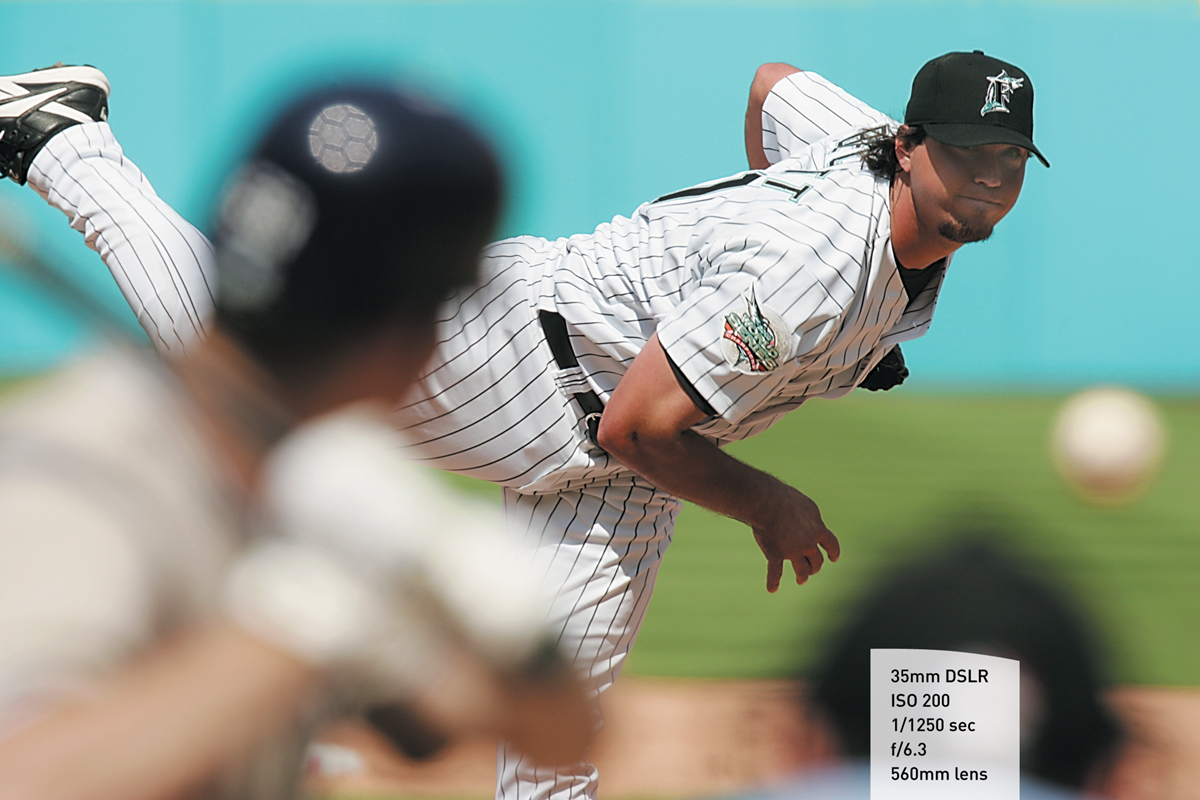7. Baseball and Softball
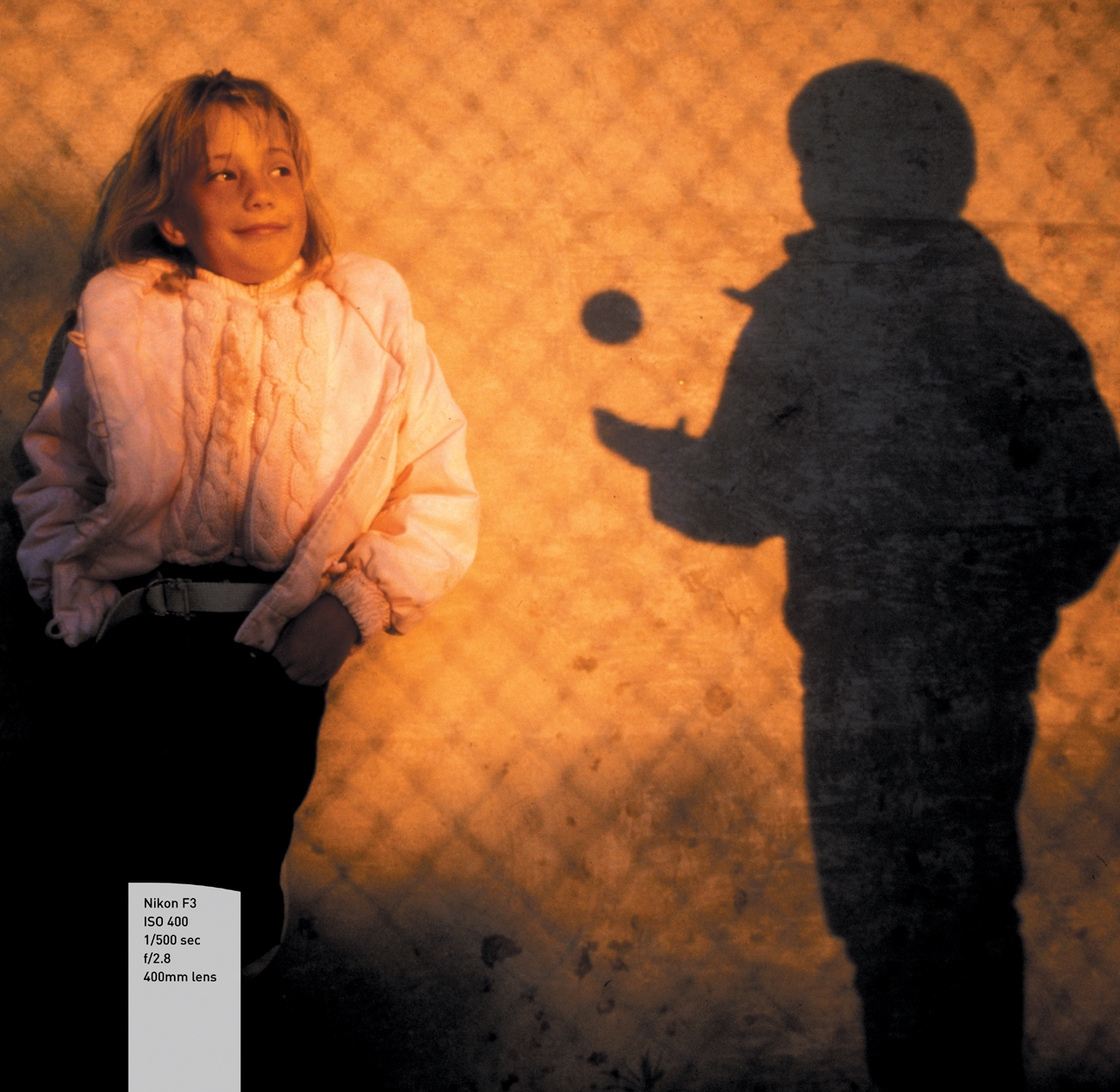
Most of my favorite images of baseball are not of high action, but instead feature kids and fans playing and watching the game they love.
Shooting America’s Games
Steve Busby, a former starting pitcher for the Kansas City Royals, summed up the sport of baseball nicely: “Baseball, to me, is still the national pastime because it is a summer game. I feel that almost all Americans are summer people; that summer is what they think of when they think of their childhood. I think it stirs up an incredible emotion within people” (Washington Post, 8 July 1974).
Baseball is played by children of all ages, and there are many variations of the game—from sandlot to stickball and little league to Major League. This chapter talks about the common ground and a few situations that are specific to baseball and softball on all levels.
Poring Over the Picture
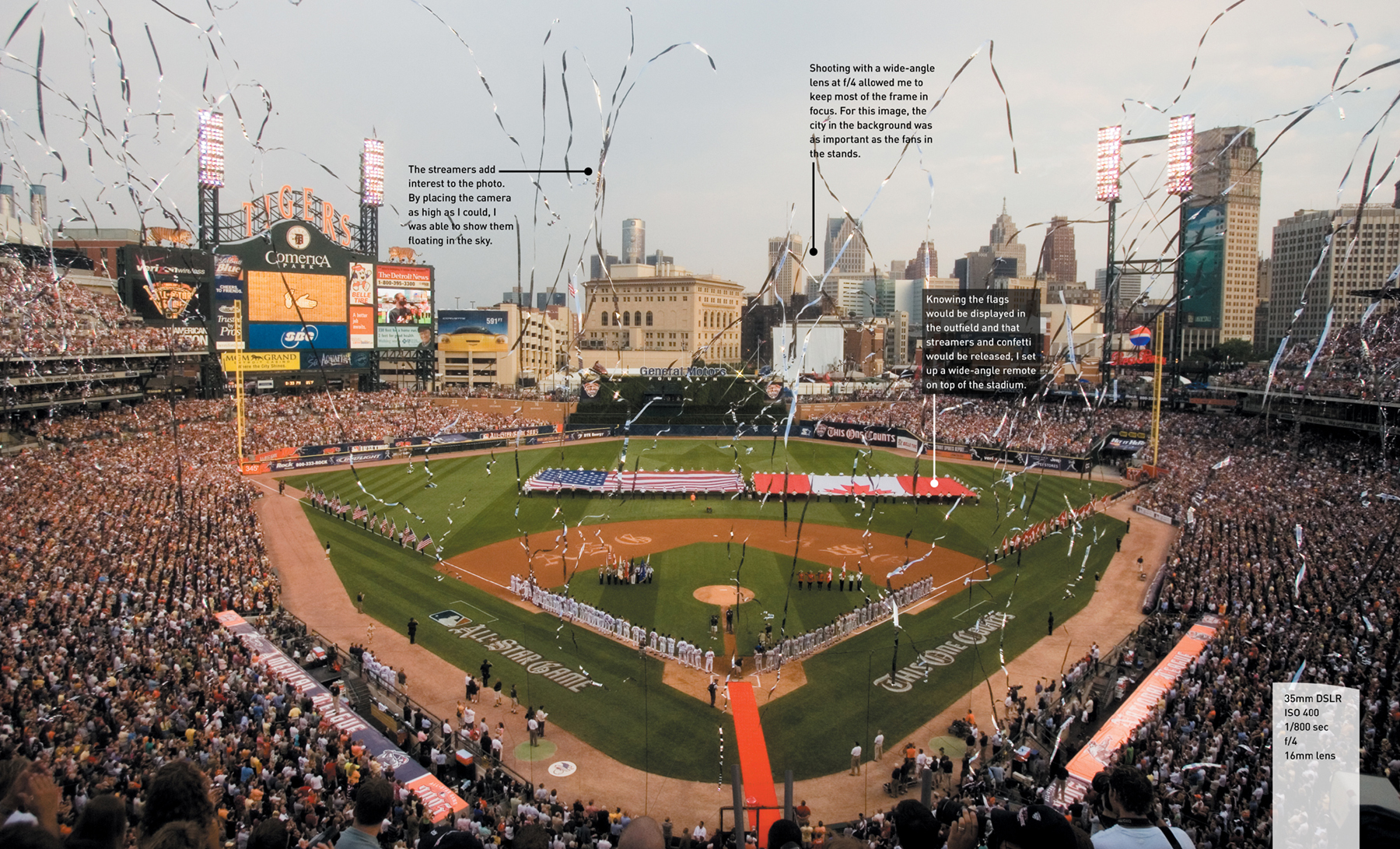
Sometimes the most important pictures are of the scene. Baseball is competitive, but it moves at a pace that is different from other sports. This picture was made during the singing of the National Anthem at the 2005 All-Star Game in Detroit.
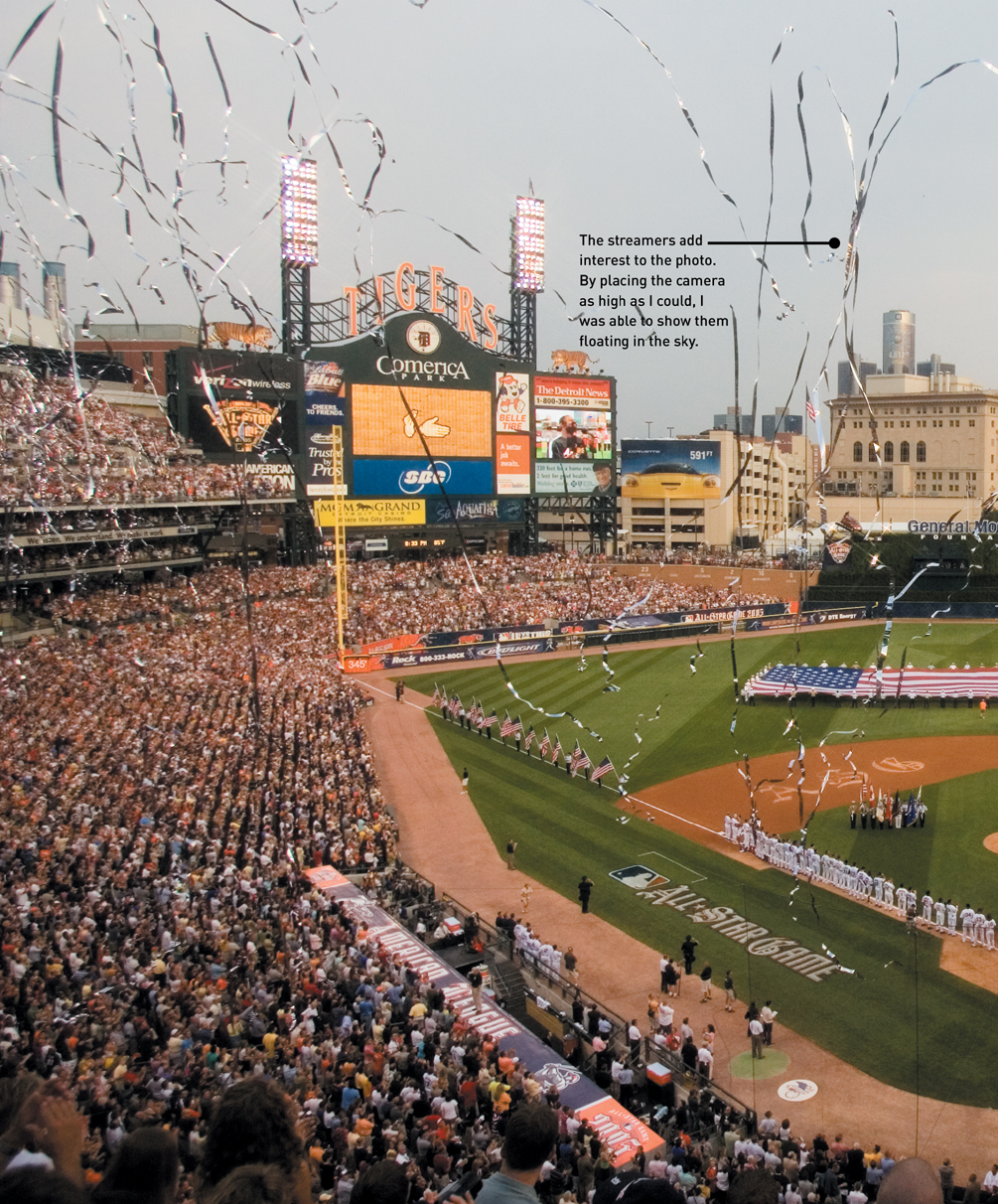
Baseball: How to Get the Best Shots
Dubbed “a baseball mastermind” by Businessweek, Bill Veeck—a franchise owner and innovator in Major League Baseball—described the essence of baseball nicely: “This is a game to be savored, not gulped. There’s time to discuss everything between pitches or between innings.”
Baseball fields are relatively big areas, so they offer you lots of shooting positions. And because the game moves relatively slowly, you have time to think, calculate, and move around the field to get the best shots.
Where to Position Yourself
When you’re covering baseball, you first need to decide where you can safely position yourself and not interfere with play.
Balls and bats fly in all directions. Because they are so hard, they can cause significant damage when they come in contact with people. Too many times I’ve seen fans and photographers get seriously hurt because they simply weren’t paying attention.
First Base
First base is normally a prime position. If you are outside of the first base dugout, the side closest to the outfield, you’ll have good sight lines to make photographs of the hitters and the pitchers—especially left-handed pitchers—because they will be facing you for part or all of their throwing motion. You’ll be able to shoot the classic “double play” image of a runner sliding into second base and either the shortstop or the second baseman making a play. And you’ll be in a terrific spot to make images of plays at the plate.
A high percentage of plays involve throws to first base. From your location outside first, you’ll have the players throwing in your direction, which will allow you to make much better action images.
Tip
When a runner is on first base, prefocus on the bag. When the runner takes a lead, the pitcher will usually throw at least once to the first baseman to keep the runner close, reducing the runner’s chances of advancing. If the runner dives back to base or is tagged out, or if the ball gets away from the first baseman, you’ll be able to make a very nice image.
Third Base
Third base is also a prime position. If you are outside of the third base dugout, the side closest to the outfield, you’ll have good sight lines to make photographs of the hitters and the pitchers—especially right-handed pitchers—because they will be facing you for part or all of their throwing motion. As with the first base position, you’ll be able to shoot the classic “double play” image of a runner sliding into second base and either the shortstop or the second baseman making a play.
You’ll also be in a terrific spot to make images of plays at the plate, because you’ll be looking down the line at the catcher as the play happens (Figure 7.1).
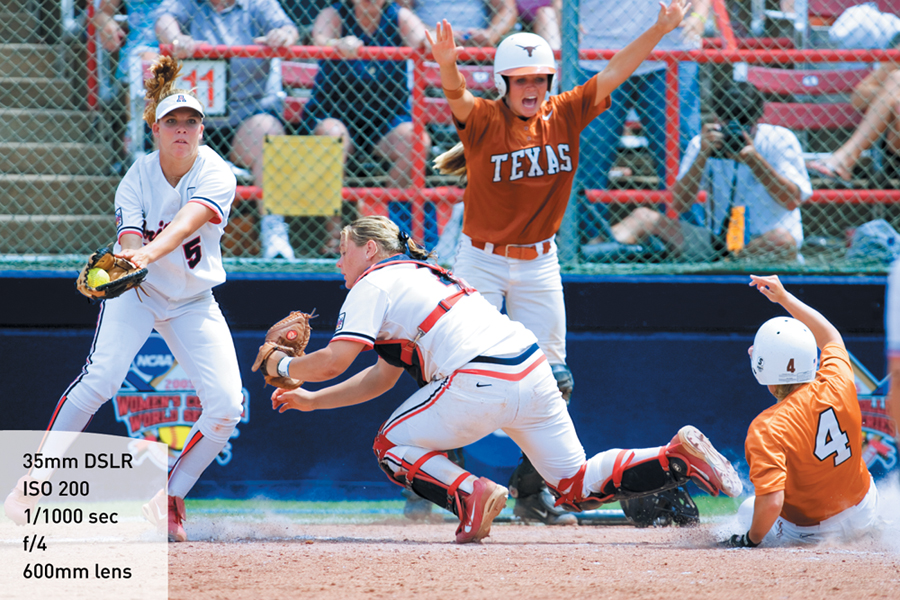
Figure 7.1 Shooting down the third base line put me in a prime location to capture this play at home plate.
Tip
If you think there will be a play at the plate, swing your lens toward the plate immediately and focus quickly on the catcher. The action will almost always go to where the catcher is standing.
Additionally, you’ll be facing first base, so this is a great position to show close plays there.
When a runner on first base is trying to advance, you can prefocus your lens on second base and wait for the action to happen. When you’re working with more than one camera, put one camera on a support, focus it on second base, and trigger it when the play happens. This lets you use the other camera to follow the action everywhere else on the field. This tip works for either the first base or third base dugout position.
Behind Home Plate
Taking a position directly behind home plate is as simple as it sounds. You need to line up your shot so you can see the pitcher head on, the hitter from behind, and the umpire looking over the catcher’s shoulder. The backstop will be between you and the participants. You need to get as close to the actual backstop as possible. Put the front of your lens as close as you can to the physical backstop. A wide-angle lens will show the wires and will be a distraction in your image. With a longer lens, you’ll be able to shoot through the wire without distortion or disruption (Figure 7.2).
The longer the lens, the easier it will be to shoot through the backstop without problems. The closer you can get the lens to the backstop, the better your image will be.
Outfield Looking in
Baseball is the only sport I know of in which the team on defense controls the ball. When you are in the outfield looking back toward home plate, you have an entirely different perspective on the game. You can see how the defense—the team on the field—is set up. You can see the face of the batter, and if the batter hits the ball, it should come in your direction.
You have several options for making images from the outfield: You can use a short lens and do overall images showing the field, the players, and the scene—both static and during the action (Figure 7.3).
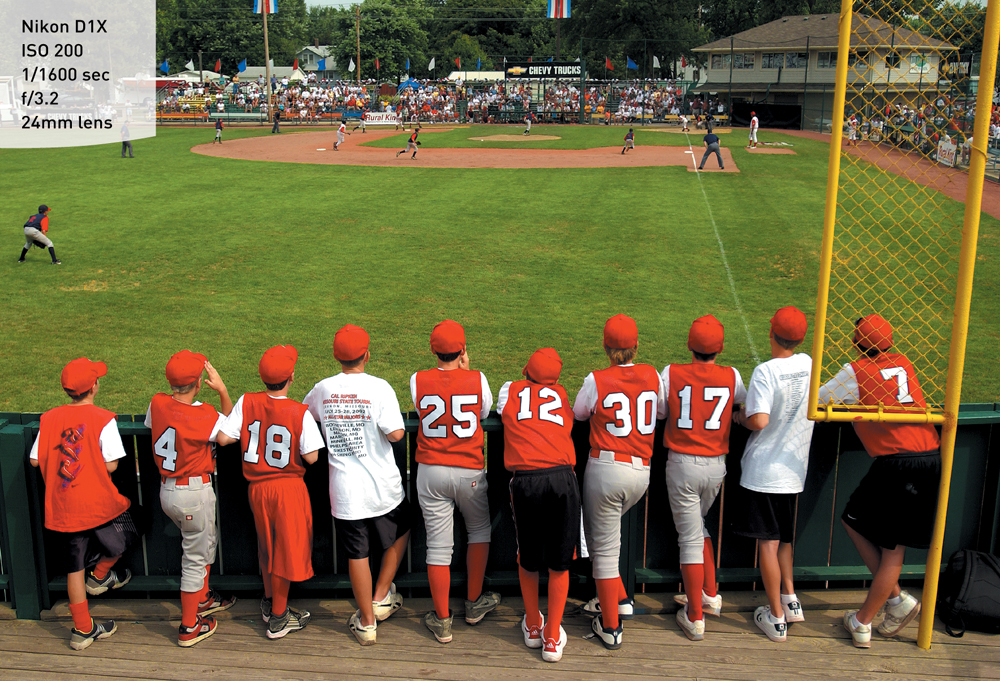
Figure 7.3 Shooting from the outfield with a wide-angle lens sets the scene of this game and gives the picture an element that a long lens from field level would not have.
You can also use a long lens and isolate the action. If your lens is long enough—you can tell if it is only by looking through the camera, because every field differs in dimension—you’ll be able to show the pitcher throwing the ball, the batter hitting it, and the home plate umpire watching intently.
You can concentrate on the individual bases and make very simple, easy-to-understand images of plays at the plate.
With a very long lens, 400mm to 600mm, you can make isolated action images of the hitters.
Shooting from Elevated Positions
If you can find a higher location to work from, you can use all of your lenses to make interesting photographs of the players, the action, and the scene (Figure 7.4).
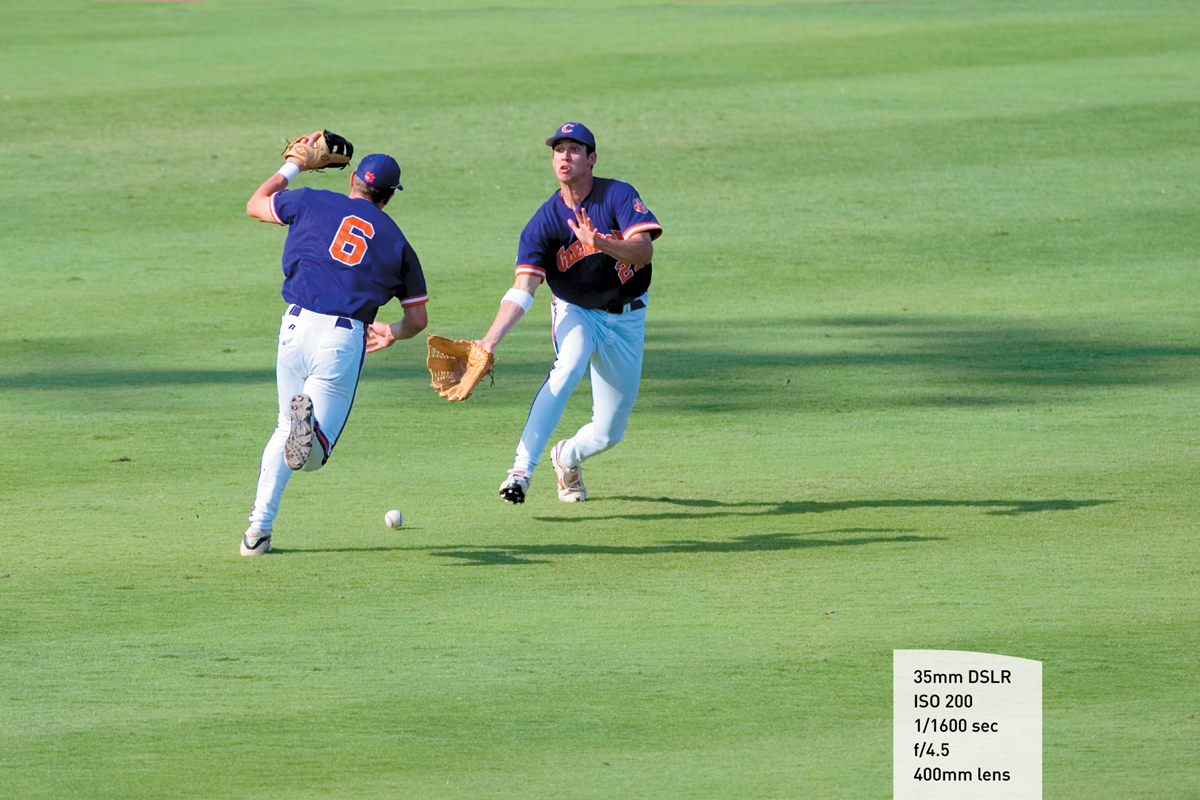
Figure 7.4 I took this picture from an elevated position behind first base. The higher position let me make a clean, fun image with an all grass background.
A Different Feeling
Baseball enjoys a different tempo than other games. Because the action takes place in short spurts, you have time to change positions and plan your shots at a measured pace that’s just not possible in many other sports.
Being above the field of play in an elevated position behind home plate allowed me to make the clean image in Figure 7.5.
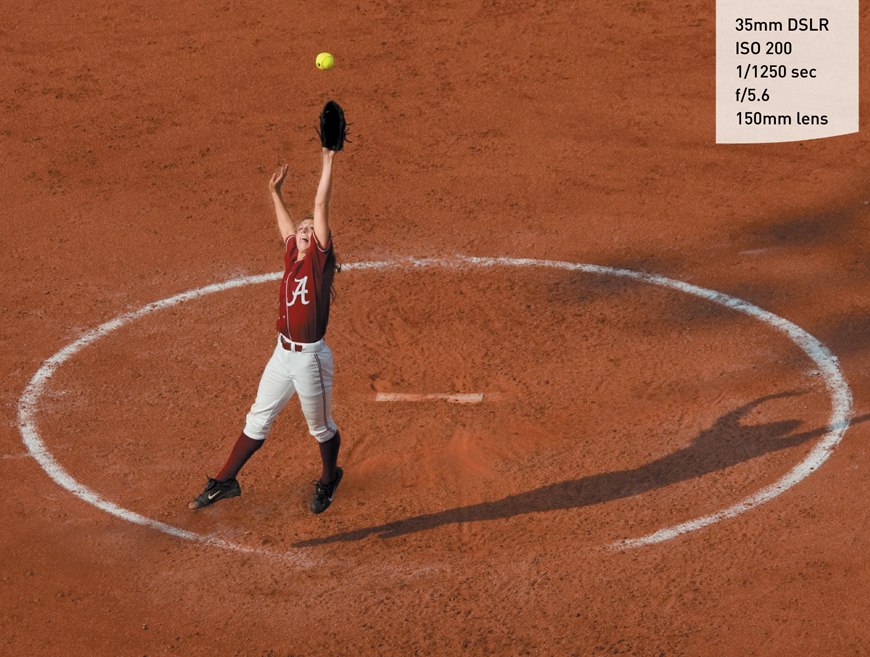
Figure 7.5 I shot this image elevated because of the way the light was falling. It was taken at about 7:30 at night, just as the sun was starting to set.
Football, basketball, soccer, and boxing are all sports that involve constant action piled on more action, producing big play after big play. All of them move according to the constraints of a ticking clock. Baseball simply moves at a more leisurely pace, and it is almost always played in warm, dry weather and most often outdoors.
Shooting Emotion
Baseball is a team sport, but often, relatively great distances separate the participants. They usually only come together during celebrations or fights. On both occasions, the bulk of the players will run out of the dugouts to the center of the field, making it easy to shoot the converging packs (Figure 7.6).
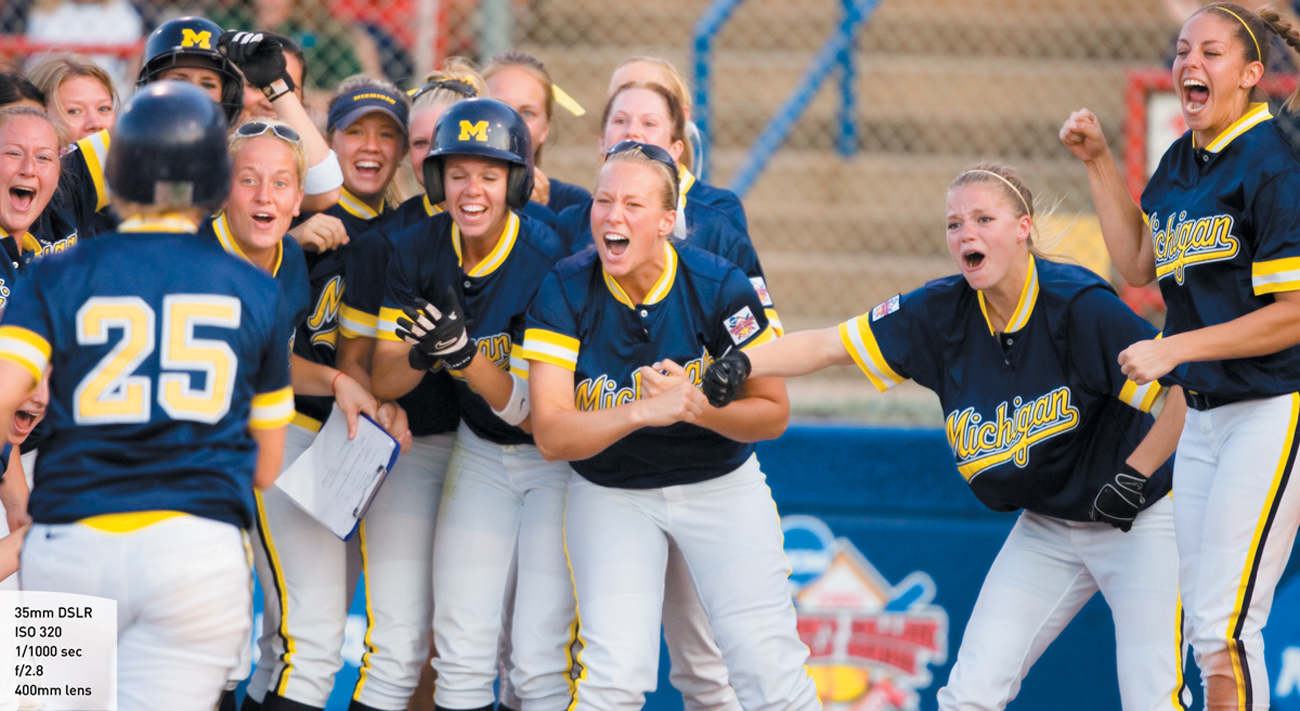
Figure 7.6 The Michigan Wolverines softball team celebrates a home run during the 2005 College World Series.
Special Features of Baseball
Baseball lends itself to great features: No masks obstruct players’ faces—except the catchers’—and the game is played outside and frequently at the end of the day when you can shoot in the beautiful “golden hour” light. The golden hour refers to the hour before the sun sets when the light is rich, soft, and warm (or golden).
The image in Figure 7.7 has nothing and everything to do with baseball. It is not a peak action photo, yet it speaks to what baseball represents in America.
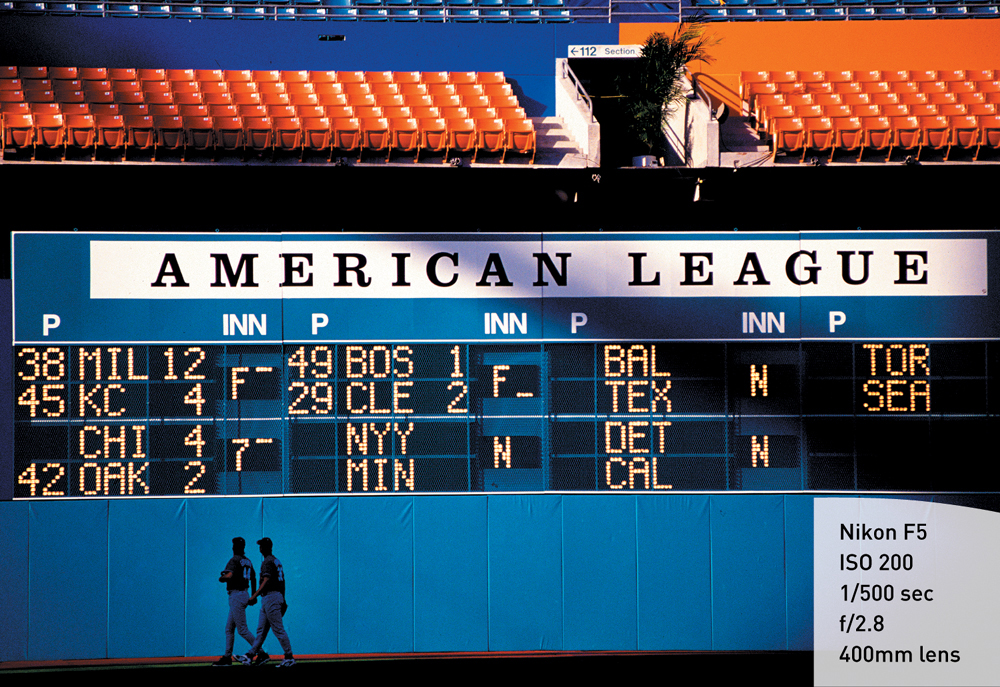
Figure 7.7 Using the “golden hour” light from sunset, I was able to use light and shadows to silhouette the outfielders against the blue of the wall.
Also, because baseball is slower than other sports, you have time and freedom to look for pictures outside the field of play (Figure 7.8).
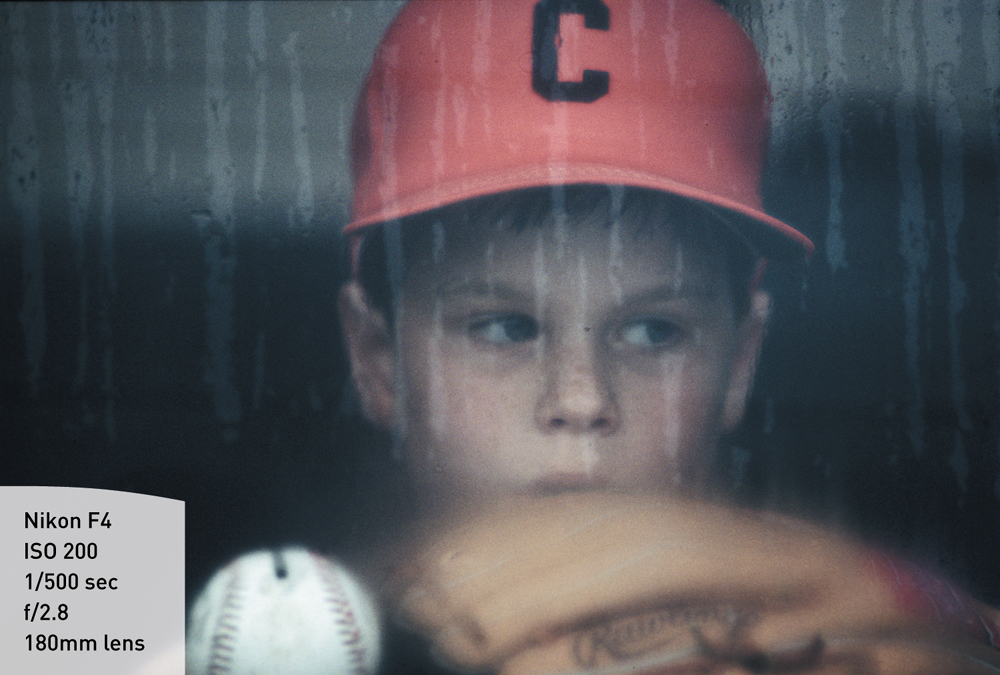
Figure 7.8 Sometimes a rain delay is the picture. This young player was waiting for a storm to blow over on the opening day of the little league season in Baxter Springs, Kansas, where Mickey Mantle played as a kid.
Chapter 7 Assignments
In the words of the Hall of Fame player, Yogi Berra, “Little league baseball is a very good thing. It keeps the parents off the street.”
Go to a little league game and you’ll find intense concentration, great emotion, and plenty of action. Although the field is smaller and the athletes are slower, the situations for getting great shots are every bit as much fun as any other level of the game.
Showing Emotion off the Field
Concentrate on making images involving emotion away from the field. Watch the fans especially. See how they react, relax, converse, and interact socially. Try to capture how this crowd is somehow different than the fans at other sports.
Working Behind the Backstop
Go behind home plate and use different lenses to shoot the action at different depth of field settings. Notice how the distance between the front of the lens and the backstop screen affects your ability to make clear, sharp photographs.
Timing the Ball for the Shot
Go behind home plate and set your camera to the highest shutter speed possible and maximum aperture. Focus on a spot part way between the pitcher and the hitter. Shoot the ball when it is in focus—which will not be easy. Keep trying until you can time it perfectly. Using a longer lens will help you accomplish this shot. When you can do it consistently, you’ll be able to time the ball on the bat, the pitcher’s throws, and plays in the infield easily.
Share your results with the book’s Flickr group!
Join the group here: flickr.com/groups/sportsphotographyfromsnapshotstogreatshots.

